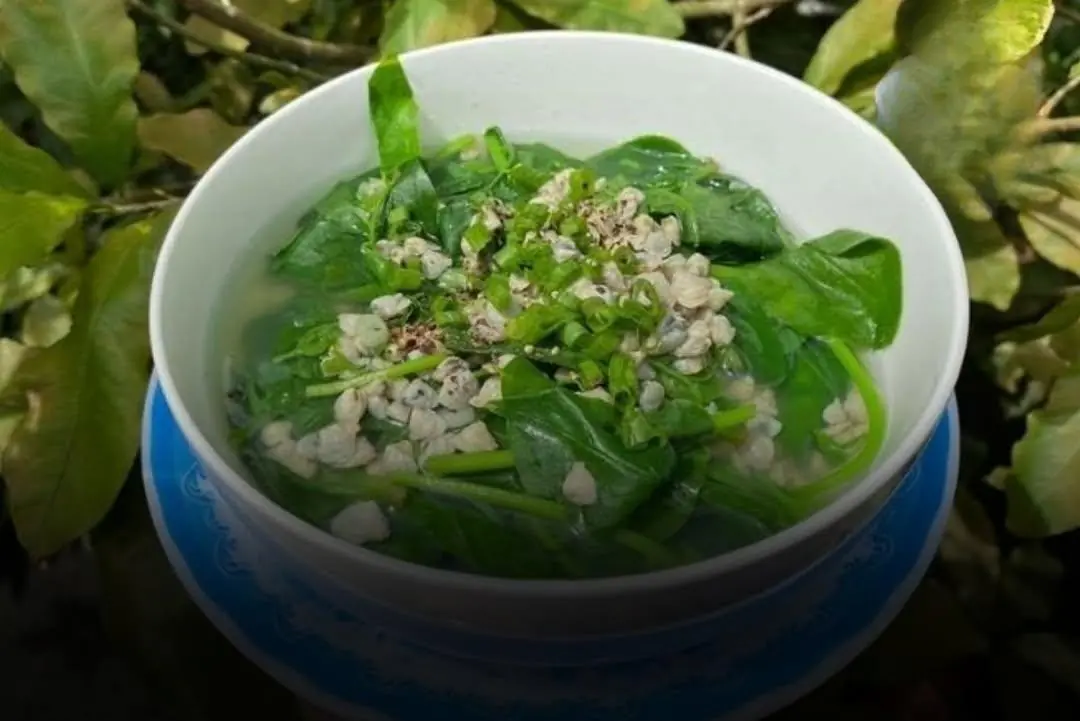
Many people think that these two buttons are only for releasing water
Many people think that these two buttons are only for releasing water
Toilets are an essential part of daily life, yet most people don’t pay much attention to their design and functionality. Many believe that the two buttons on a toilet’s flush system are simply for releasing water. However, these buttons play a much more significant role in water conservation and environmental sustainability. In this article, we’ll explore the purpose of dual-flush toilet buttons, how they work, and why they are important for water efficiency.
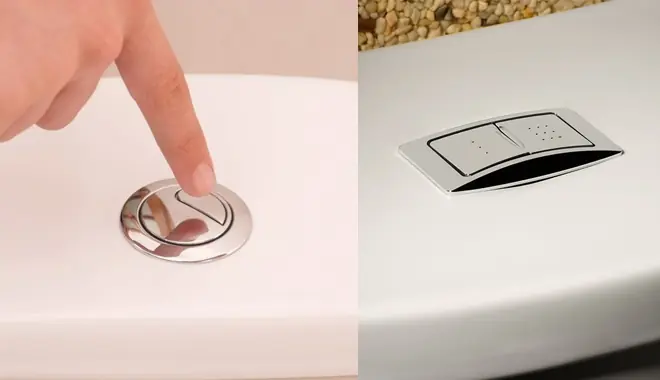
Understanding the Dual-Flush Toilet System
Modern toilets often come equipped with two flush buttons instead of a single lever. This system is known as a dual-flush toilet and is designed to provide different levels of water release based on the type of waste being disposed of.
The Two Buttons: What Do They Do?
-
The smaller button: This button releases a lower volume of water and is intended for liquid waste (urine).
-
The larger button: This button releases a higher volume of water, designed for solid waste (feces).
By giving users control over the amount of water used per flush, the dual-flush system helps reduce unnecessary water consumption.
Why Were Dual-Flush Toilets Introduced?
Traditional toilets use a single-flush mechanism that releases the same amount of water regardless of the type of waste. This often leads to excessive water wastage, especially when flushing liquid waste.
The dual-flush system was introduced as an eco-friendly solution to combat this issue. It provides flexibility in water usage, allowing people to conserve water without compromising hygiene and sanitation.
How Much Water Do They Save?
According to environmental studies, a traditional toilet uses about 6 liters (1.6 gallons) per flush. In contrast, a dual-flush toilet uses:
-
3-4 liters (0.8-1 gallon) for a small flush
-
6 liters (1.6 gallons) for a full flush
On average, a person flushes the toilet five times a day. If half of these flushes are for liquid waste, a dual-flush toilet can save up to 50% of the water used for flushing.
For a household of four, this could translate to saving tens of thousands of liters of water per year—a significant reduction in water waste!
The Environmental Benefits of Dual-Flush Toilets
Water conservation is critical, especially as many regions around the world experience water shortages. Here’s how dual-flush toilets contribute to a sustainable future:
-
Reduced Water Waste – By providing different flush options, these toilets help prevent excessive water use, reducing overall water consumption.
-
Lower Water Bills – Households that switch to dual-flush toilets often notice lower water bills due to decreased water usage.
-
Less Strain on Water Treatment Facilities – When less water is flushed, water treatment plants have a reduced workload, leading to improved efficiency and lower energy consumption.
-
Eco-Friendly Homes – Many governments and environmental organizations encourage the use of water-efficient appliances, including dual-flush toilets, as part of sustainability initiatives.
Common Misconceptions About Dual-Flush Toilets
Despite their benefits, many people misunderstand how dual-flush systems work. Let’s address some of the most common misconceptions:
1. “Both buttons release the same amount of water.”
Not true! The two buttons serve different functions. The smaller button uses less water compared to the larger button.
2. “Pressing both buttons together will give a stronger flush.”
Some people believe that pressing both buttons simultaneously will create a more powerful flush. However, this is incorrect—pressing both buttons just wastes extra water. The full-flush option is already designed to handle solid waste efficiently.
3. “Dual-flush toilets don’t flush as effectively as traditional toilets.”
While older models of dual-flush toilets may have had flushing power concerns, modern designs are highly effective. Proper maintenance ensures they work just as well as single-flush toilets.
4. “Using a dual-flush toilet is complicated.”
Some people avoid dual-flush toilets because they think choosing the right button is confusing. However, the rule is simple: small flush for liquid waste, big flush for solid waste.
How to Maintain a Dual-Flush Toilet
Like any household fixture, dual-flush toilets require regular maintenance to function efficiently. Here are some essential maintenance tips:
1. Clean the Buttons and Mechanism Regularly
Over time, dirt and grime can build up around the buttons, making them harder to press. Wipe them down regularly with a damp cloth to ensure smooth operation.
2. Check for Leaks
Leaking toilets waste significant amounts of water. If you hear continuous water running, it may indicate a leak in the flush valve. Fixing this issue promptly can prevent unnecessary water wastage.
3. Avoid Using Harsh Chemicals
Some cleaning products contain harsh chemicals that can damage the toilet’s internal components. Instead, use mild cleaning solutions or natural alternatives like vinegar and baking soda.
4. Ensure the Water Pressure is Adequate
Low water pressure can affect flushing efficiency. If you notice weak flushing power, check if your home’s water pressure is sufficient or if any blockages are present.
Should You Upgrade to a Dual-Flush Toilet?
If you’re still using a single-flush toilet, switching to a dual-flush model can offer numerous advantages:
✅ Saves Water – Reduces water consumption significantly
✅ Lowers Utility Bills – Less water usage means lower bills
✅ Eco-Friendly – Contributes to environmental conservation
✅ Modern & Stylish – Dual-flush toilets come in sleek, contemporary designs
For homeowners considering a bathroom renovation, upgrading to a water-efficient dual-flush toilet is a smart choice for both cost savings and sustainability.
Conclusion
Many people assume that the two buttons on a dual-flush toilet are simply for releasing water, but they serve a greater purpose in water conservation. By understanding how they work, using them correctly, and maintaining them properly, we can all contribute to a more sustainable future.
Next time you use a dual-flush toilet, remember: choosing the right button is a simple yet impactful way to save water and help the planet!
News in the same category


4 Extraordinary Benefits of Onions: A Common Food with Powerful Effects
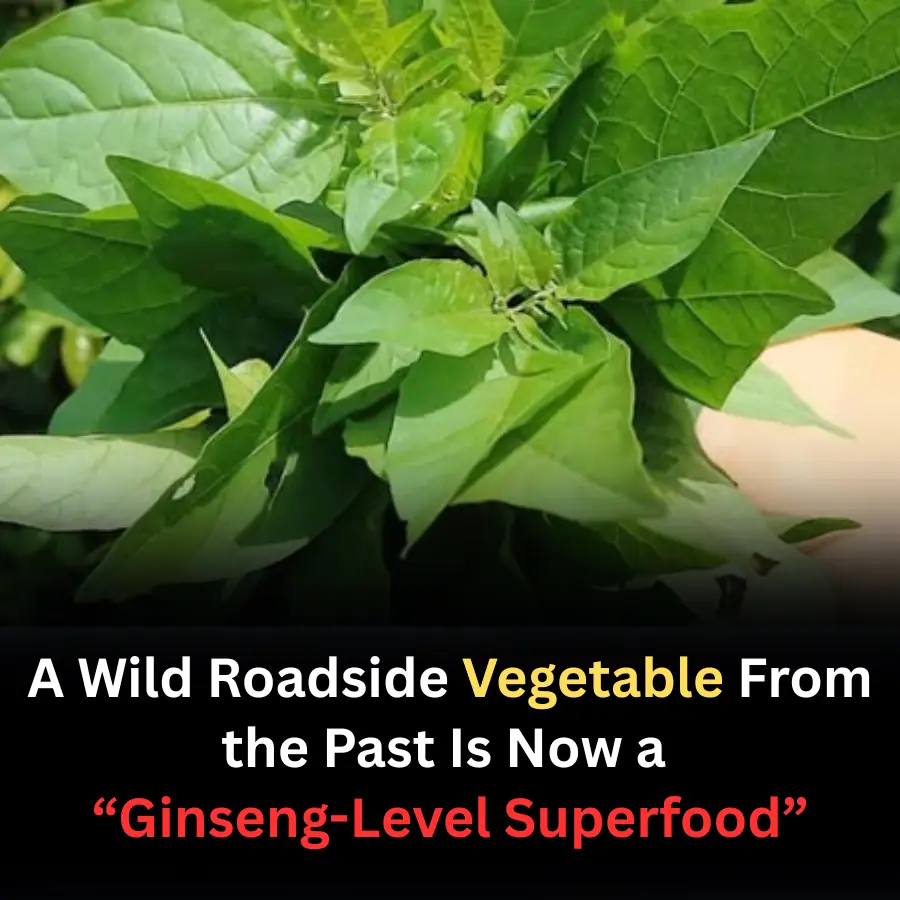
A Wild Roadside Vegetable From the Past Is Now a “Ginseng-Level Superfood”

A Common Phone-Charging Habit Is Allowing Hackers to Steal Bank Accounts — Without Victims Knowing

The 4 “Prosperity Floors” in Apartment Buildings That Feng Shui Masters Highly Recommend

Why Should You Put a Piece of Paper in the Toilet Before Using It? The Special Benefits That Few People Know About

What it means when black butterflies visit your home

6 Omega-3 Powerhouse Fish You Can Easily Find in Local Markets

The Vegetable Considered a “Nutritional Champion” — Easy to Buy but Surprisingly Overlooked

Eating Eggs Daily? The Hidden Truth You Need to Know
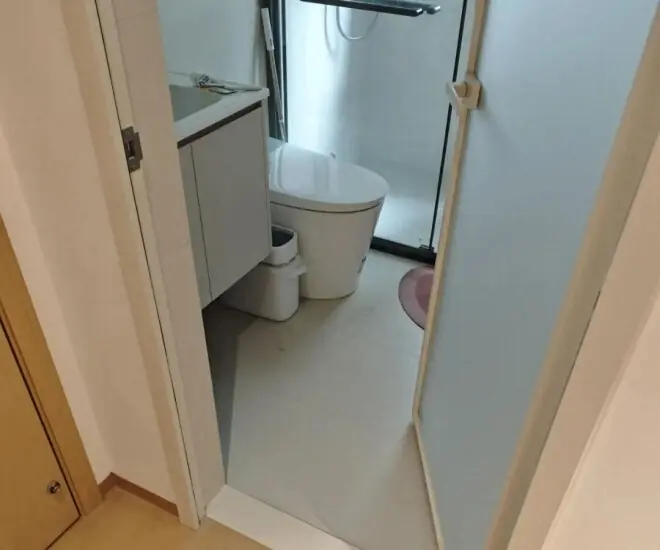
Should the Bathroom Door Be Open or Closed When Not in Use?

A 61-year-old woman drank this milk every day for six months — two health indicators surprised her doctor during a routine checkup…

4 Foods That Easily Accumulate “Heavy Metal Deposits” — With Toxi.city Many Times Stronger Than Mercury
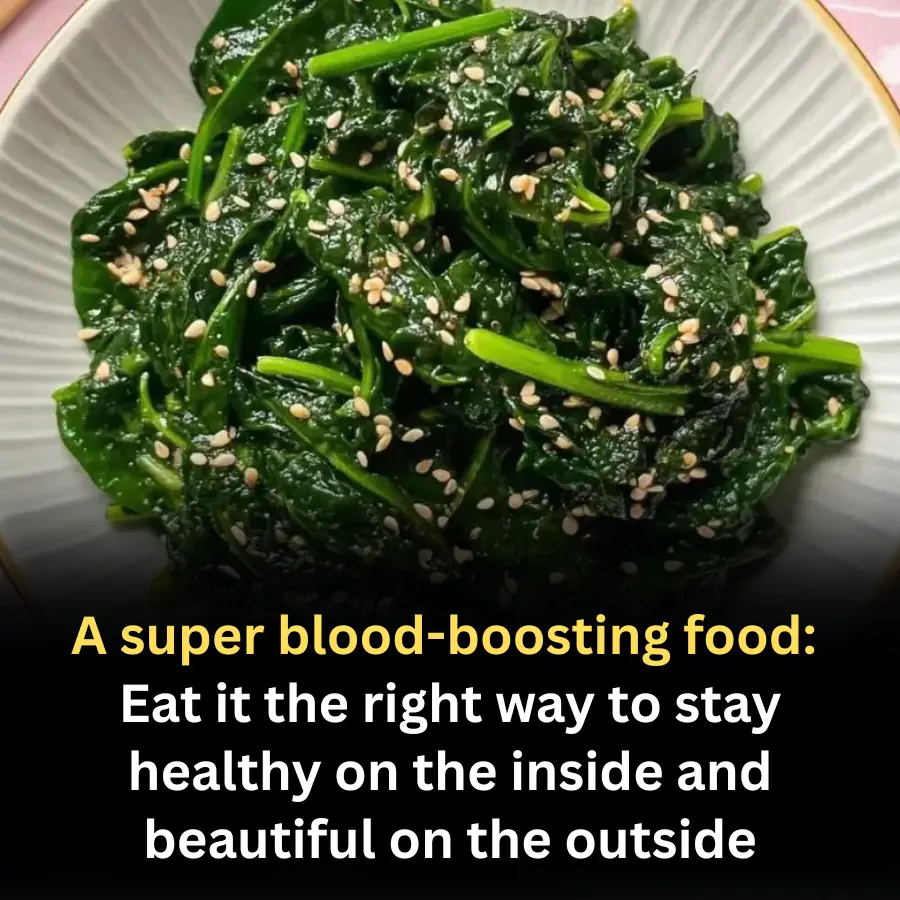
A Super Blood-Boosting Food: Eat It Properly to Stay Beautiful on the Outside and Healthy on the Inside

Engineers Warn: “I’d Rather Sacrifice Floor Space Than Build a Bathroom Under the Staircase”

In Less Than 5 Years, the Most “Expensive” Things Won’t Be Houses or Cars — But 4 Rare Things Money Can’t Easily Buy

3 Types of Chicken Meat You Should Never Buy, No Matter How Cheap, According to a Veteran Poultry Seller

What really happens to your body if you start eating one cup of pineapple every day – the results may surprise you
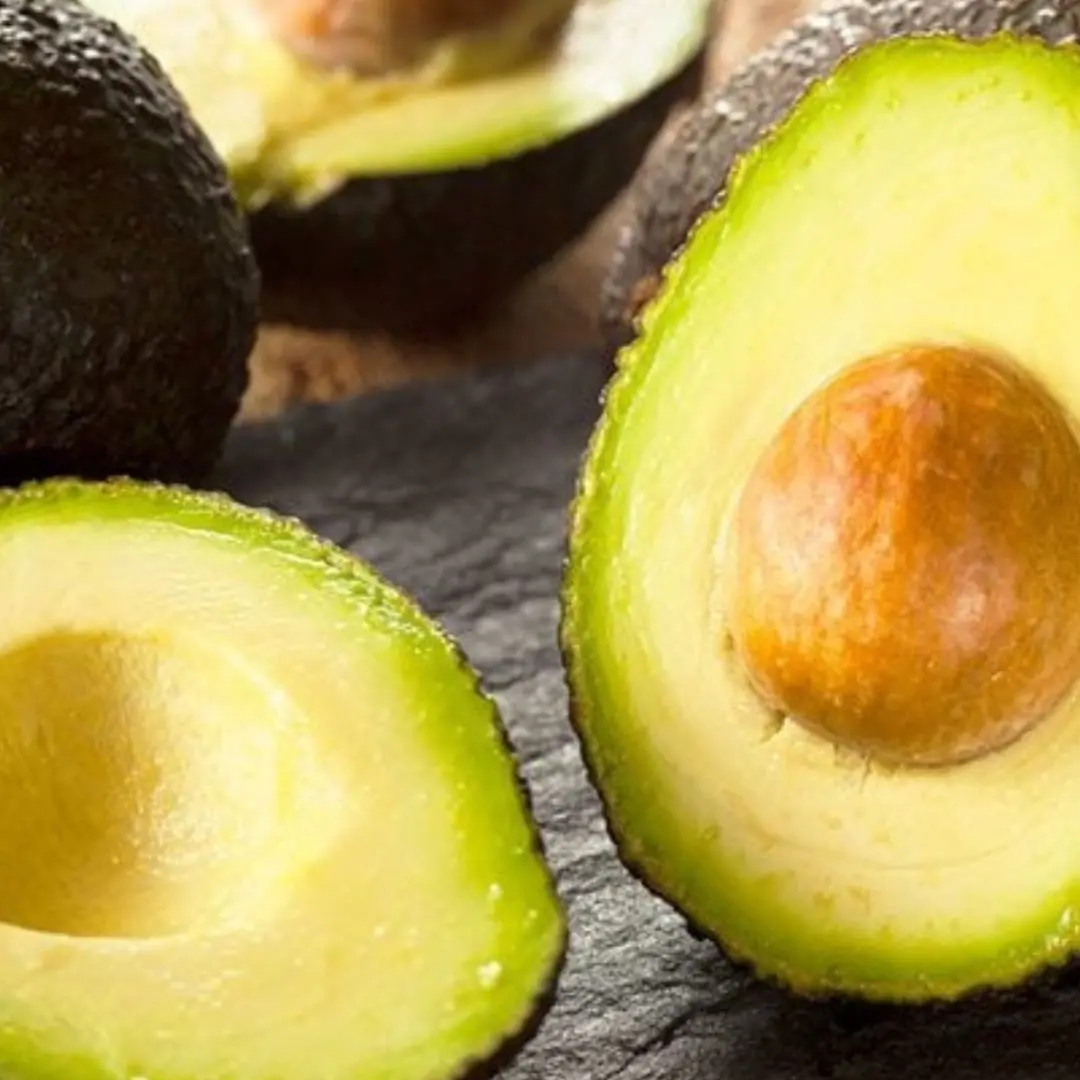
Avocado is a natural medicine: 7 reasons to eat it as soon as possible

5 common mistakes when using an electric kettle
News Post

Oranges Are in Season, but Doctors Warn: Never Eat Oranges With These Three Types of Foods

Stroke Actually Sends Warning Signals Up to 90 Days in Advance — Sadly, Few People Notice in Time to Prevent It

3 sprouting foods with remarkable health benefits

Put an empty plastic bottle in the washing machine — the person who invented this hack must have sky-high IQ
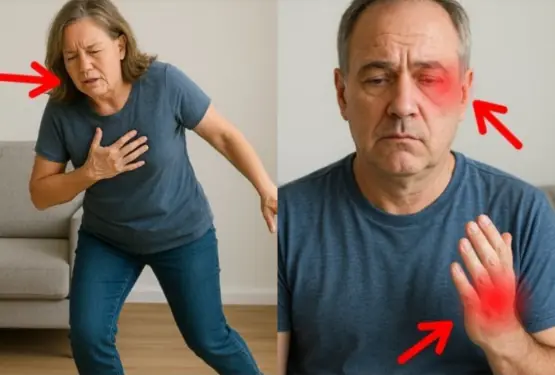
10 Stroke Warning Signs You May Notice 1 Month Before It Happens
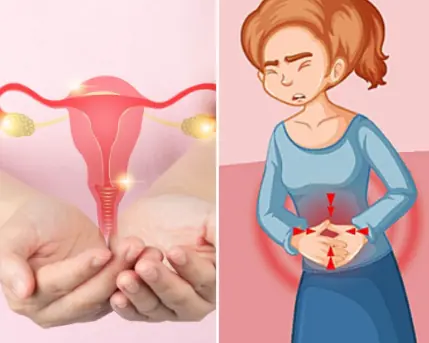
8 Early Warning Signs Of Ovarian Cancer You Shouldn’t Ignore
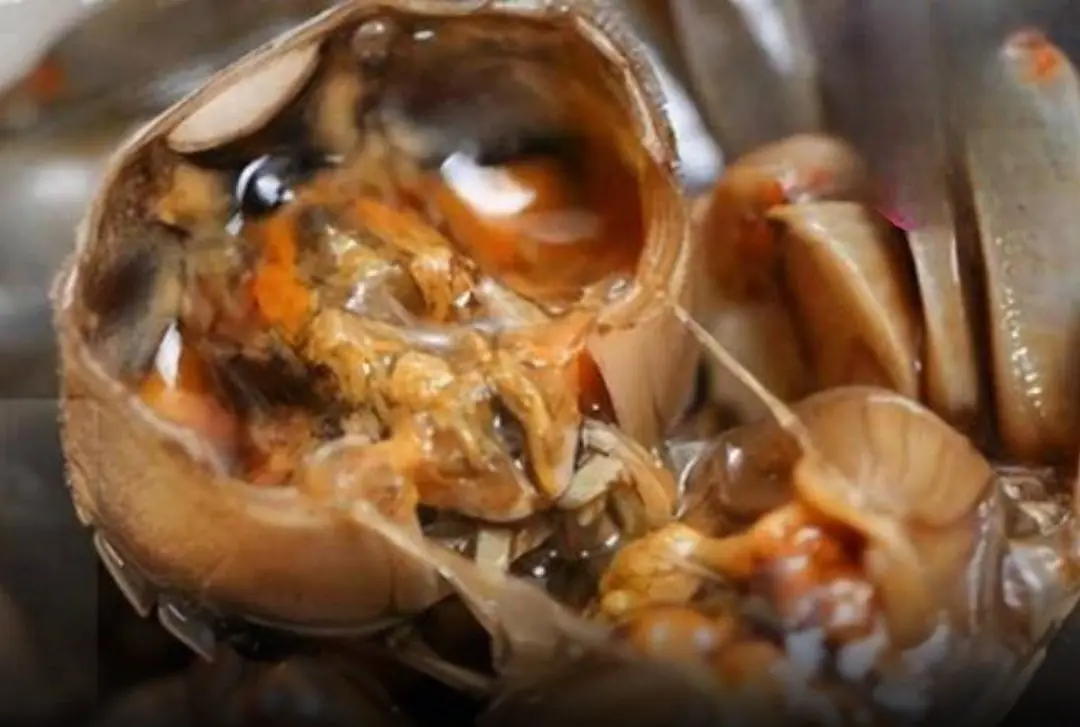
These 4 Foods Are Full of Parasites

Doctors Warn About 3 Foods That Harm the Kidneys When Consumed in Excess

Neck pain, woman shocked to see something sticking out
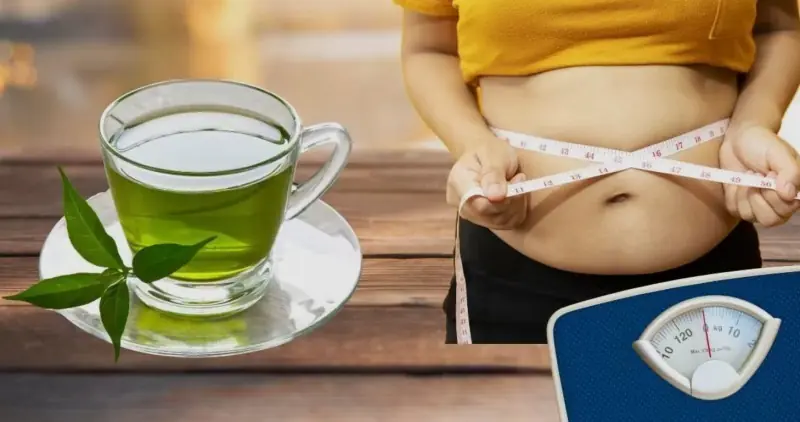
Drink these 3 types of tea in the evening to improve sleep quality and support belly-fat reduction
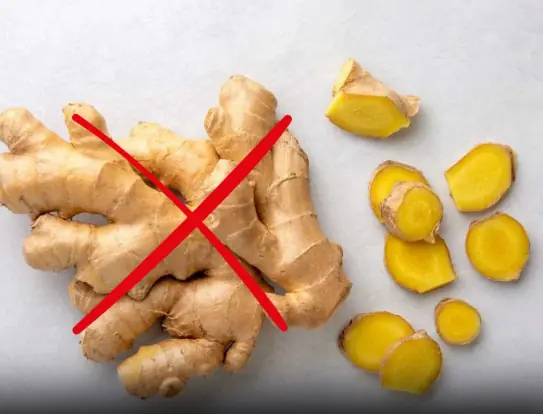
Avoid ginger if you have these 5 health problems..

Say goodbye to heartburn — this drink helps soothe acid reflux fast
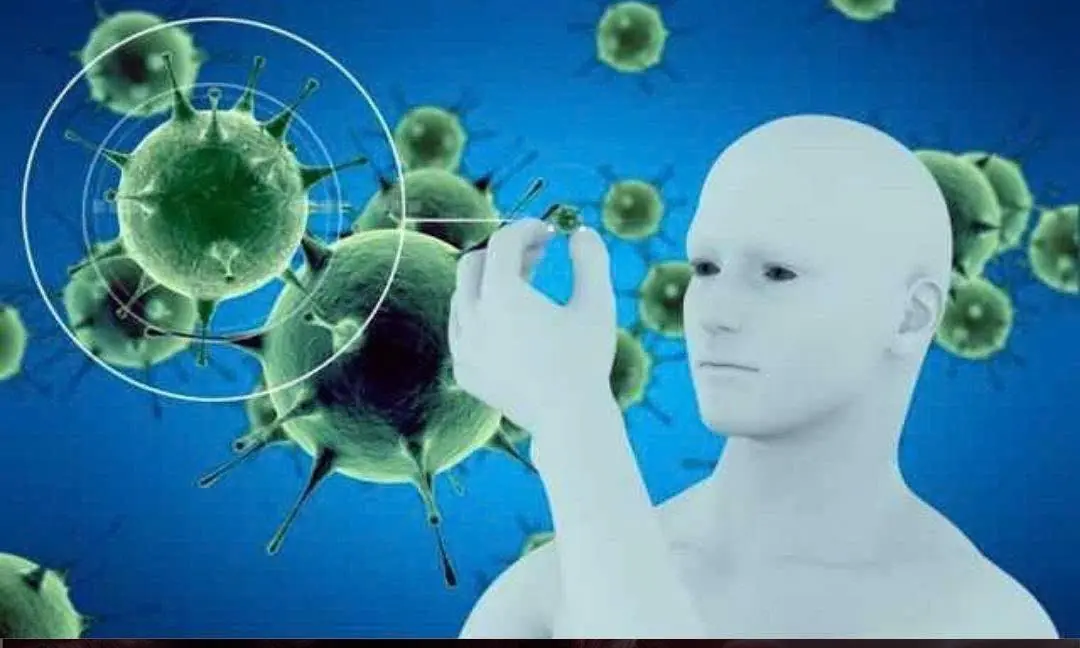
Why Are Can:cer Cases Increasing? Warning: 6 Vegetables That Naturally Contain To.xins
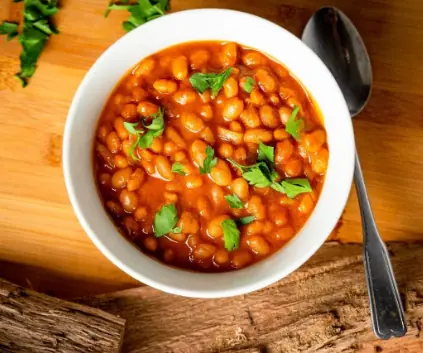
The Vegetable That Helps Reduce Sugar in The Body. It is Diabetes’ Strong Opponent

This Surprising Hack Could Save You Thousands

5 Foods You Should Never Keep Overnight
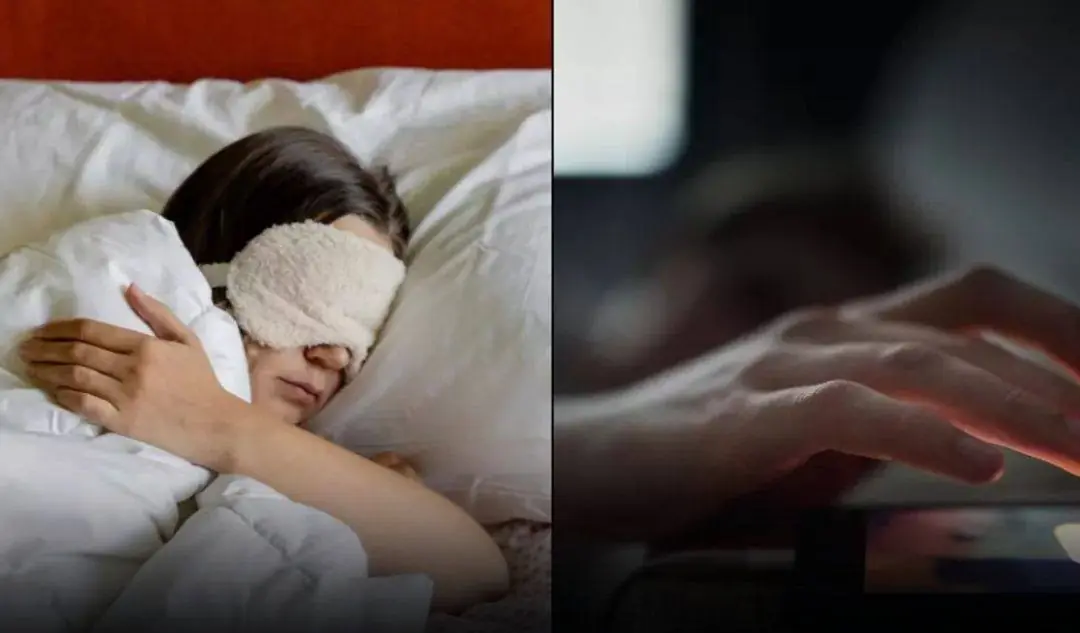
This one common morning habit could wreck your sleep—experts say skip it.
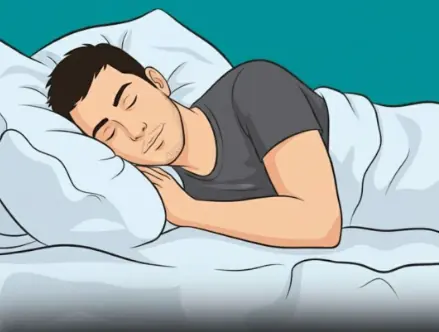
Important News for Everyone Who Loves a Daytime Nap
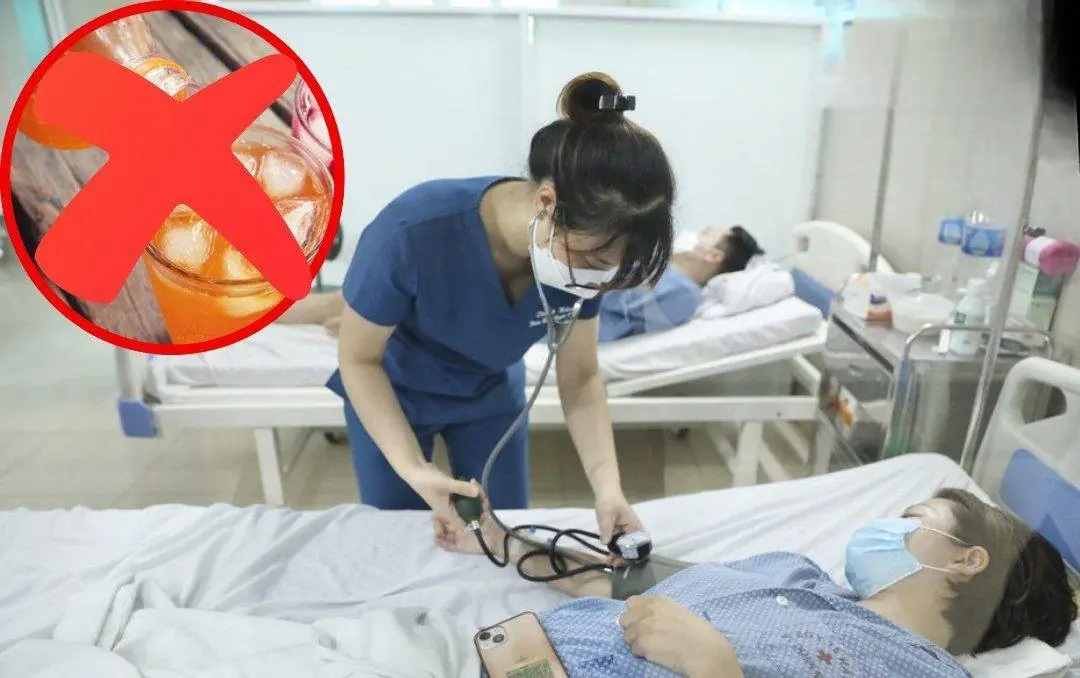
Kidney dis.ease cases linked to bottled water are rising every year! Doctors warn to avoid these 4 drinks at all costs
